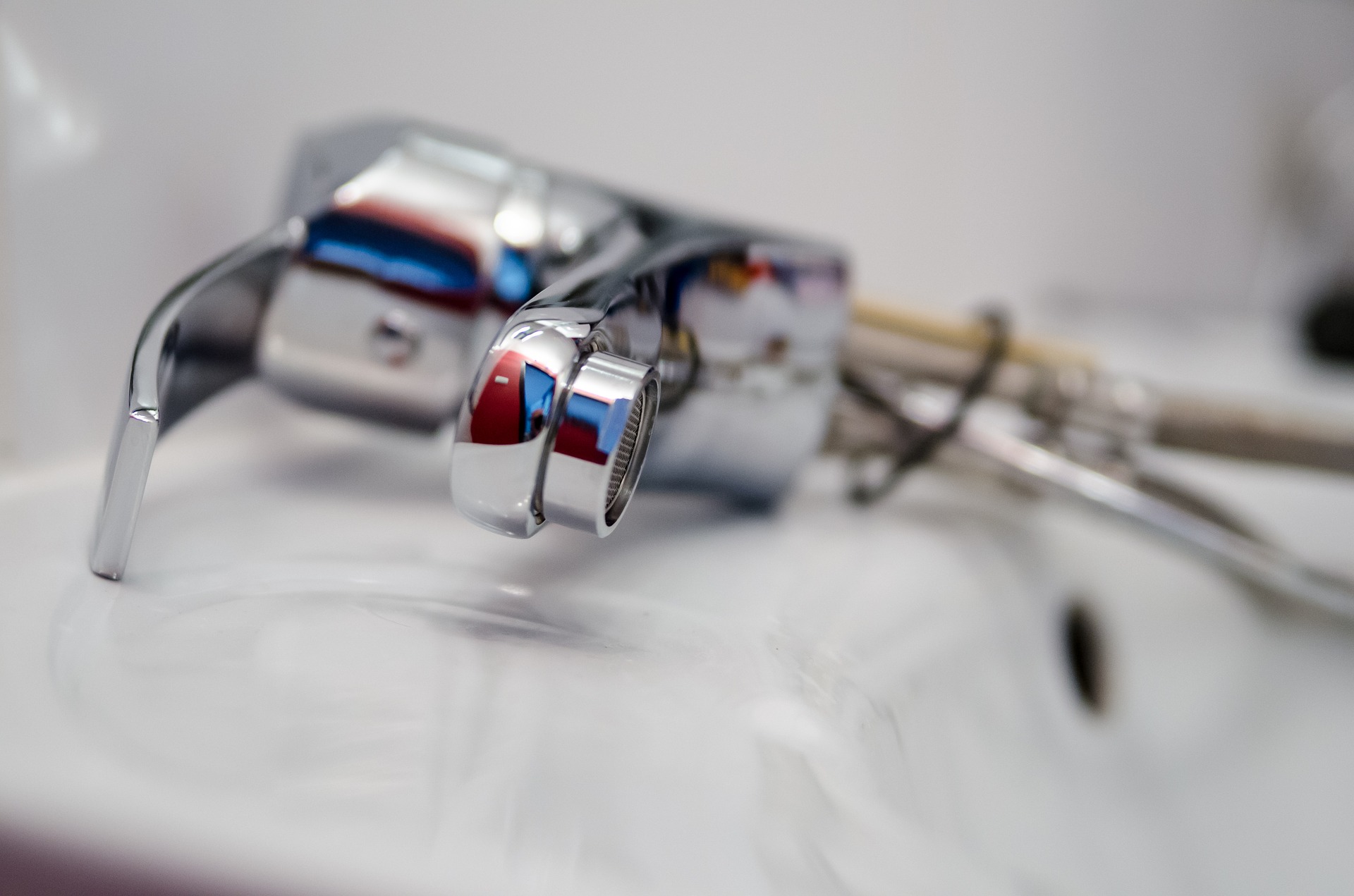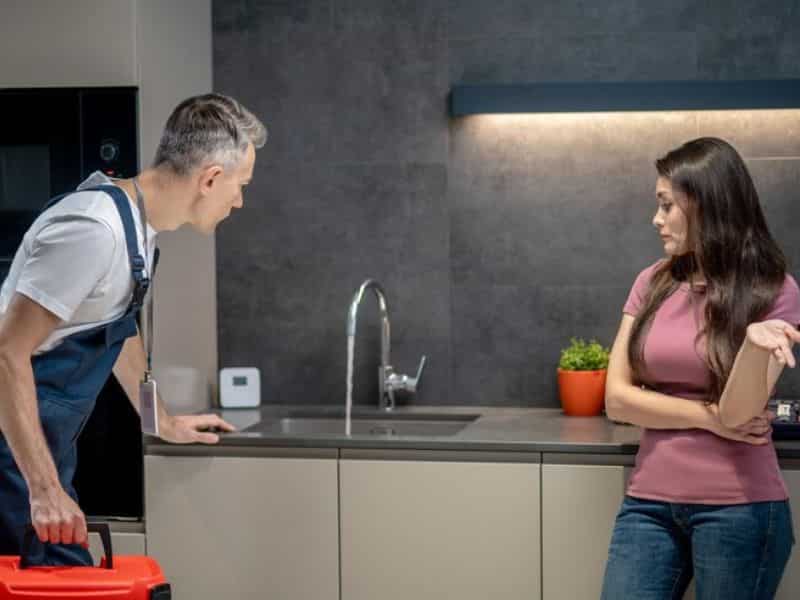Unraveling the Basics of Home Plumbing: A Beginner's Manual
Unraveling the Basics of Home Plumbing: A Beginner's Manual
Blog Article
How do you actually feel with regards to Understanding the Basics of Your Home's Plumbing System?

Plumbing is an essential aspect of any home, in charge of providing tidy water for drinking, cooking, and bathing, along with eliminating wastewater safely. Recognizing the fundamentals of home plumbing is vital for every house owner to make sure proper upkeep, troubleshooting, and, if necessary, repairs. In this newbie's guide, we'll cover the fundamental principles of home plumbing to assist you end up being much more aware of exactly how it functions.
Water Furnace
The water heating system is in charge of home heating water for domestic usage, including bathing, food preparation, and cleansing. Typical types of hot water heater consist of tank-type hot water heater, tankless (on-demand) water heaters, and heatpump water heaters. The hot water heater is attached to the water supply system and delivers warm water to plumbing fixtures as needed.
Drainage System
The drain system eliminates wastewater from your home and lugs it away to a sewer treatment facility or septic system. It contains a network of pipes, fittings, and components that move wastewater from plumbing fixtures to the major drain line or sewage-disposal tank. Appropriate drainage is vital to stop blockages, backups, and sewage leaks.
Air flow System
The ventilation system helps keep appropriate atmospheric pressure and avoid sewage system gases from entering your home. Vent pipelines, likewise referred to as air vent heaps, prolong from plumbing fixtures to the roof covering, allowing sewage system gases to leave safely outdoors. Air flow pipes also enable air to go into the drainage system, facilitating smooth wastewater flow and preventing suction or vacuum effects.
Water System
The water supply system brings tidy water right into your home from a municipal water source or a private well. It consists of a major water line that attaches to your home's plumbing system, typically located underground. A water meter measures the quantity of water consumed, while a shut-off shutoff enables you to regulate the circulation of water right into your home.
Plumbing Components
Plumbing components are devices that provide water to numerous parts of your home and include sinks, taps, toilets, showers, bath tubs, and appliances such as dish washers and washing devices. Each component is attached to the water system system by means of pipes and installations and might have its shut-off shutoff for maintenance or emergencies.
Typical Plumbing Devices
Having the right tools handy is vital for executing standard plumbing repair work and maintenance jobs. Usual plumbing tools include flexible wrenches, monkey wrench, pliers, pipe cutters, hacksaws, plungers, augers (or drainpipe snakes), and Teflon tape. Having these devices readily offered can help you deal with minor plumbing problems efficiently.
Standard Plumbing Repair Work
While some plumbing fixings might require specialist support, several typical concerns can be addressed with standard DIY strategies. Learning exactly how to fix a leaking tap, unblock a drain, change a toilet flapper, or repair a trickling showerhead can save you time and money on plumbing repair work.
Final thought
Understanding the fundamentals of home plumbing is essential for every single property owner to keep a secure, functional, and efficient plumbing system. By familiarizing yourself with the water supply system, plumbing components, drainage system, ventilation system, usual plumbing devices, and fundamental fixings, you can confidently deal with minor plumbing issues and ensure your home's plumbing system runs efficiently.
Plumbing for Beginners: A Comprehensive Guide
If you’re a beginner when it comes to plumbing, don’t worry; you’re not alone. Plumbing may seem intimidating, but with the right knowledge and a little practice, you can handle many common plumbing issues on your own. In this comprehensive guide, we will demystify the world of plumbing for beginners, providing you with the basic knowledge and skills needed to tackle common plumbing problems and even take on some DIY plumbing projects.
The Importance of Basic Plumbing Knowledge for Beginners:
First and foremost, basic plumbing knowledge gives you a solid foundation. It helps you grasp the key concepts and terminology that are essential in this field. By learning the basics, you’ll be able to build upon that knowledge and tackle more complex plumbing tasks in the future.
Having a basic understanding of plumbing also enables you to handle common issues that may arise in your home. Picture this: a leaky faucet or a clogged drain. With some basic plumbing knowledge, you’ll have the confidence to troubleshoot and fix these problems on your own. It saves you from unnecessary expenses and the hassle of waiting for a professional to arrive.
As a beginner, learning the basics of plumbing empowers you to take care of your own home. It gives you a sense of independence and self-reliance. You’ll no longer have to rely solely on professionals for every small issue that pops up. Instead, you can handle many tasks yourself, saving time and money in the process.
Remember, everyone starts as a beginner. Embrace the learning process and take small steps to expand your plumbing knowledge. There are plenty of online resources, tutorials, and even local workshops that talk about plumbing for beginners.
Essential Tools for Plumbing for Beginners
As you start your plumbing journey, having the right tools in your toolbox is crucial. Let’s explore some of the must-have tools:
Adjustable Wrench:
This versatile tool is a staple in any plumber’s toolbox. It allows you to tighten or loosen nuts and bolts of various sizes. Make sure to have an adjustable wrench with a comfortable grip.
Pipe Wrench:
A pipe wrench is specifically designed for gripping and turning pipes. It has serrated jaws that provide a strong grip, making it easier to loosen or tighten threaded pipes and fittings.
Plunger:
The plunger is a simple yet effective tool for clearing clogged drains and toilets. It creates suction when you push and pull, helping to dislodge blockages. Keep a good-quality plunger handy for those unexpected clogs.
Pipe Cutter:
When it comes to cutting pipes, a pipe cutter is your go-to tool. It creates clean, precise cuts without damaging the pipe. Look for a pipe cutter that can handle the pipe sizes you’re working with.
Hacksaw:
A hacksaw is useful for cutting through pipes, screws, and other materials. It’s a versatile tool that can handle different cutting tasks. Remember to use a blade suitable for cutting metal.
Tape Measure:
Accurate measurements are crucial in plumbing. A tape measure allows you to measure pipe lengths, distances, and dimensions accurately. Opt for a sturdy tape measure that extends a good length.
Pliers:
Pliers come in handy for various tasks, such as gripping, bending, and cutting. Slip-joint pliers with adjustable jaws are great for gripping pipes, nuts, and bolts.

Do you enjoy reading about Understanding the Basics of Your Home's Plumbing System? Try to leave a review further down. We would be delighted to know your opinions about this blog posting. We are looking forward that you come back again soon. Loved our content? Please share it. Let others find it. Thank you so much for going through it.
Book Appointment Now Report this page